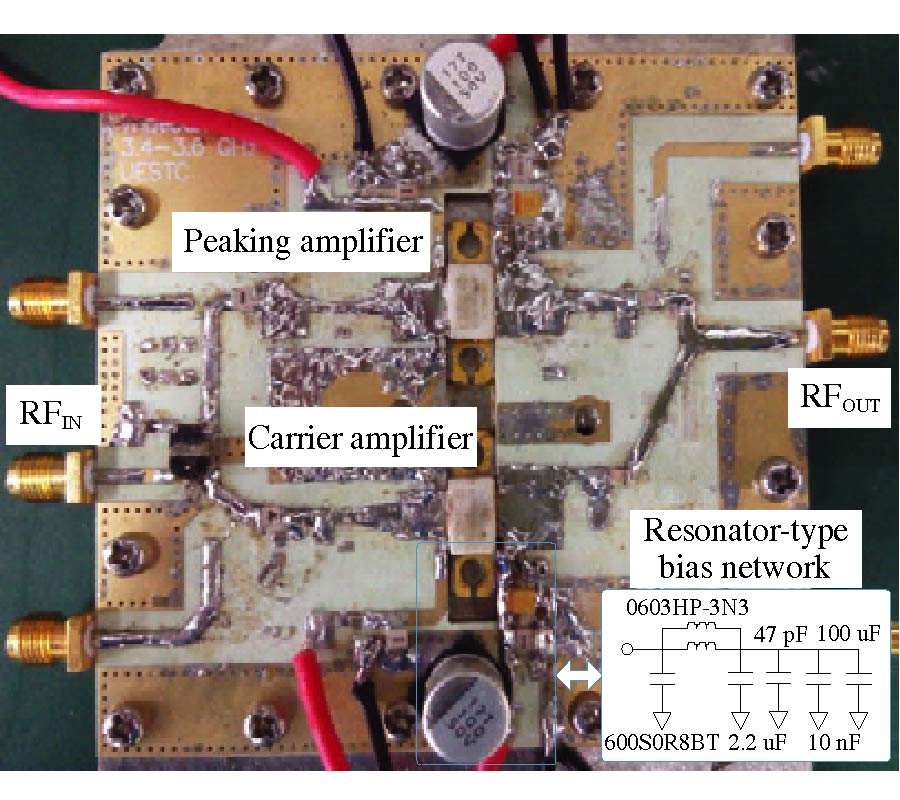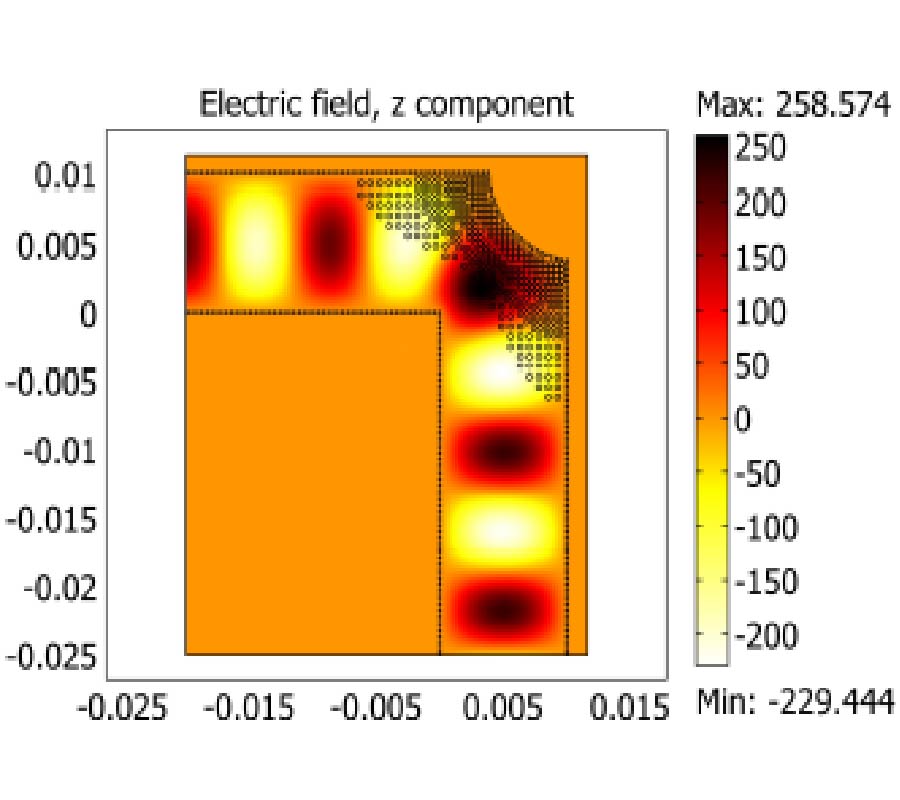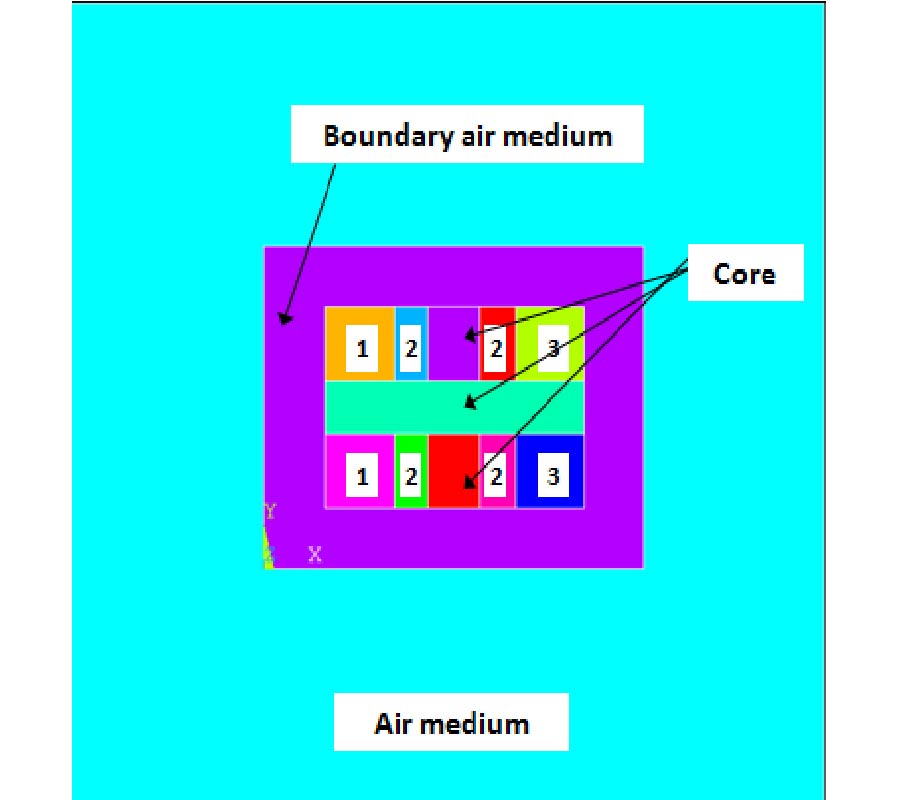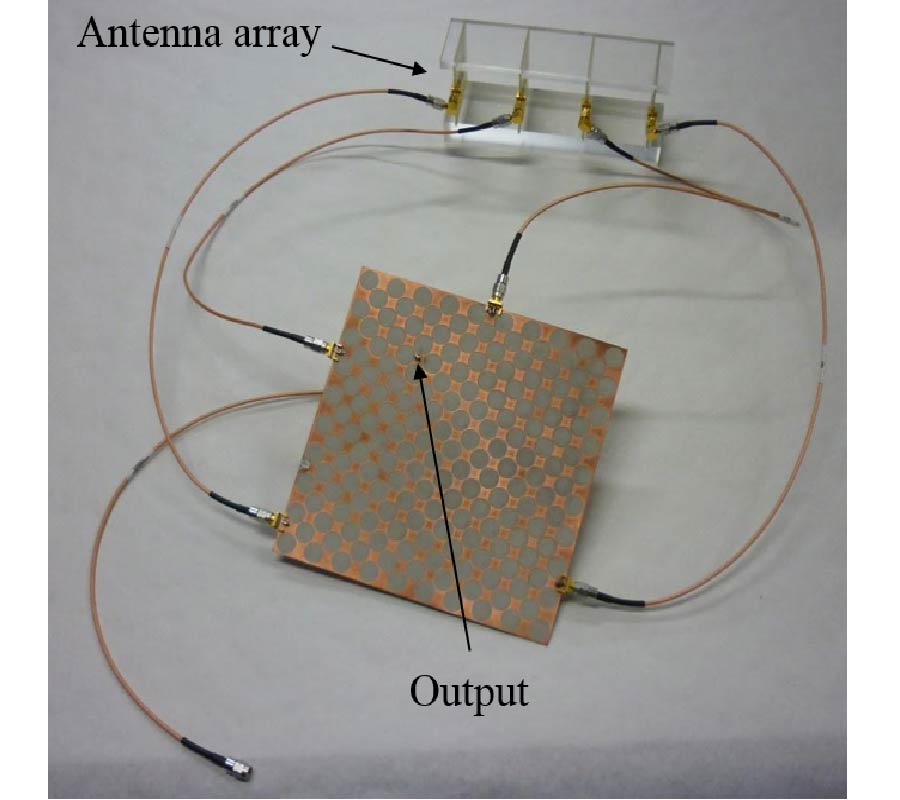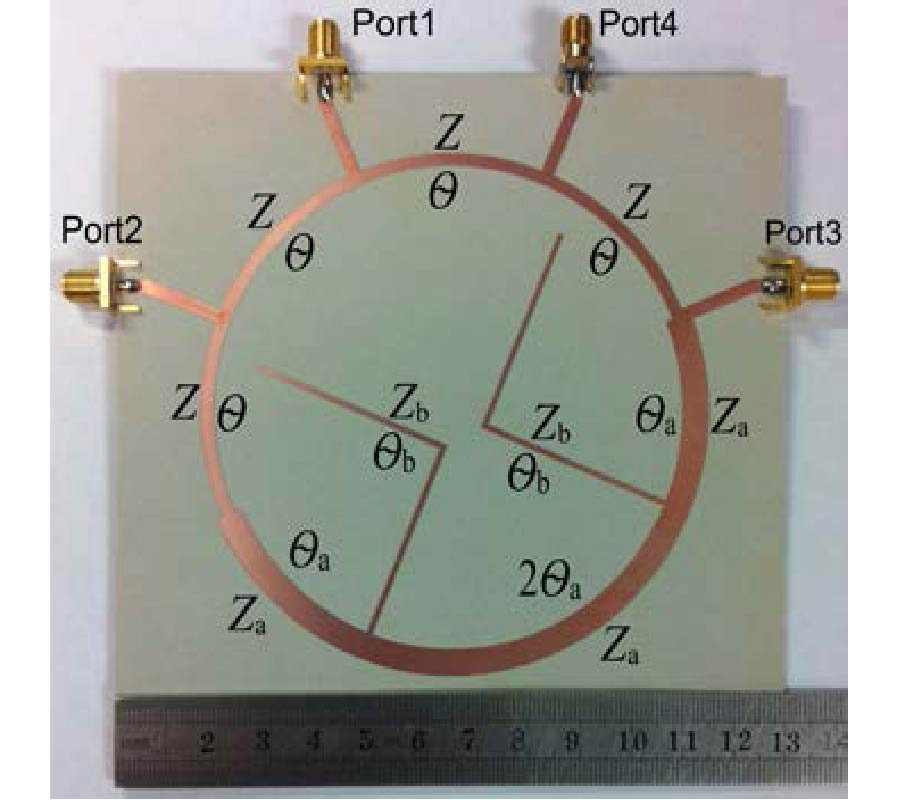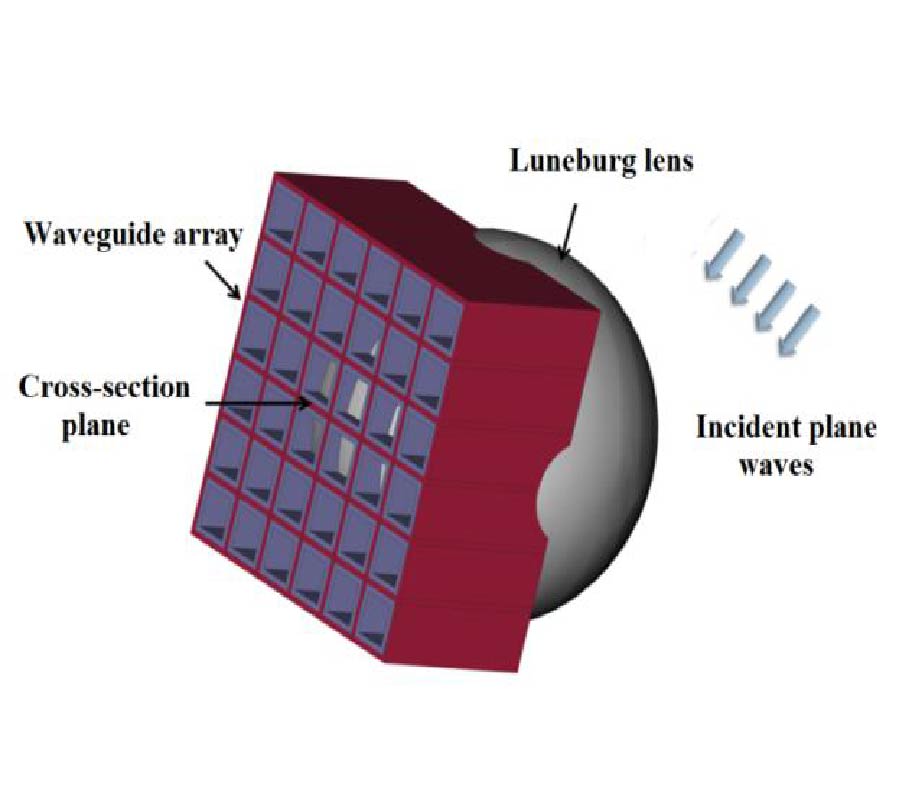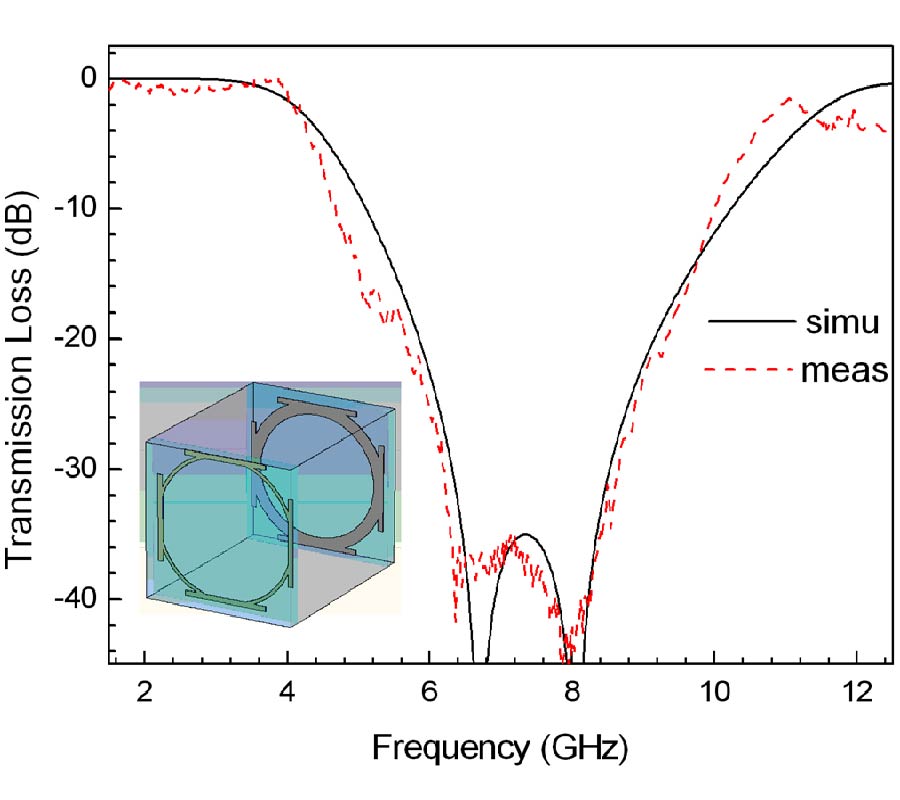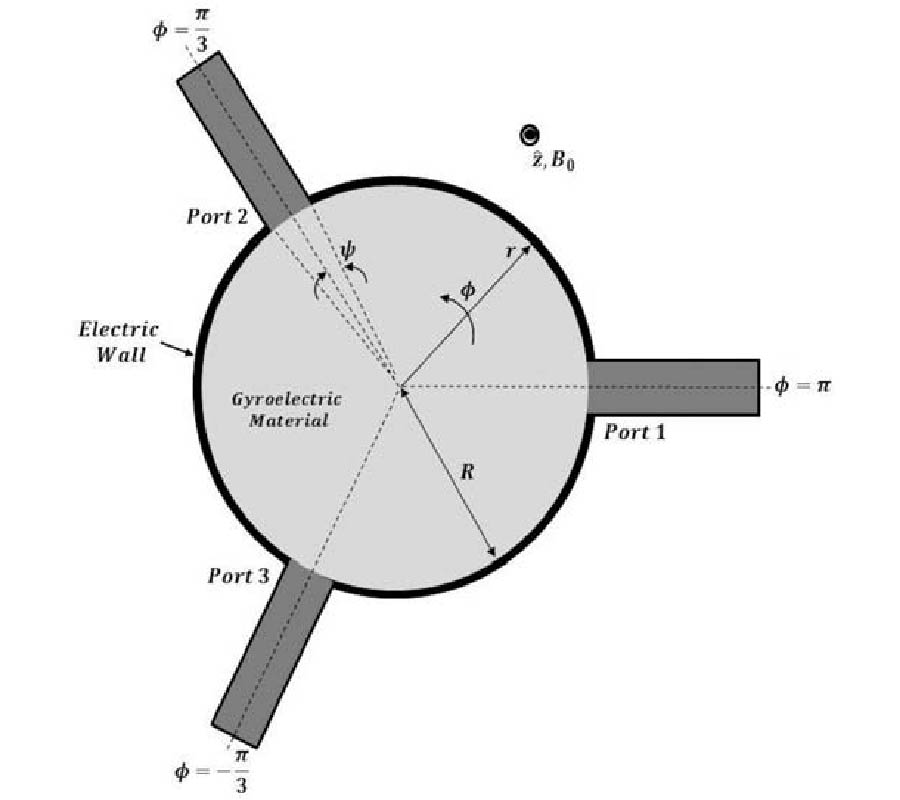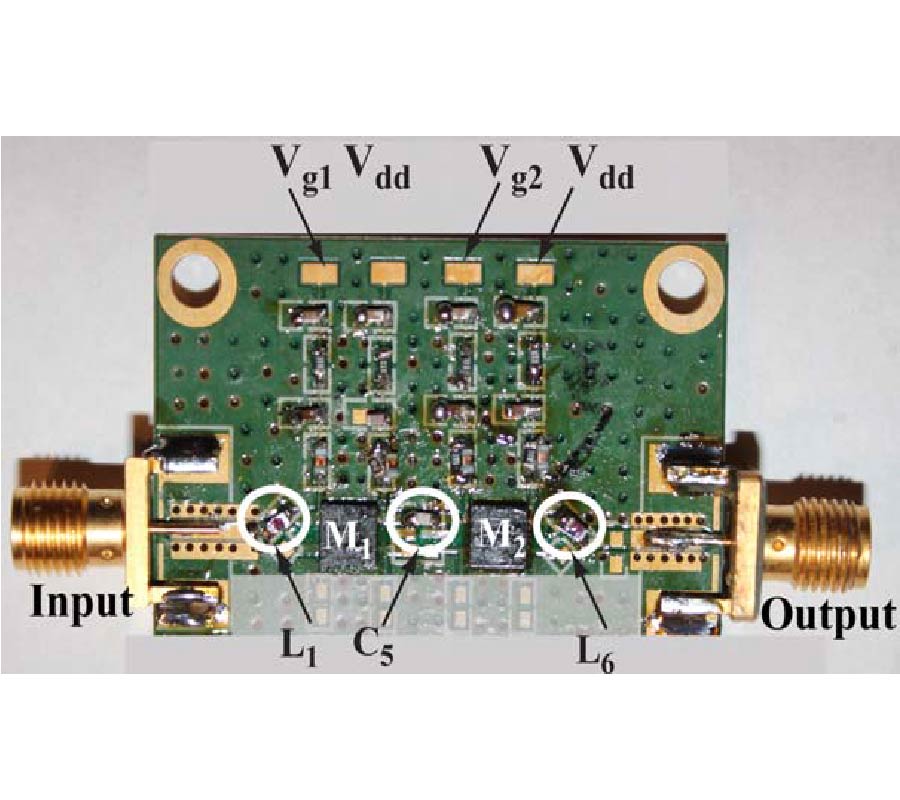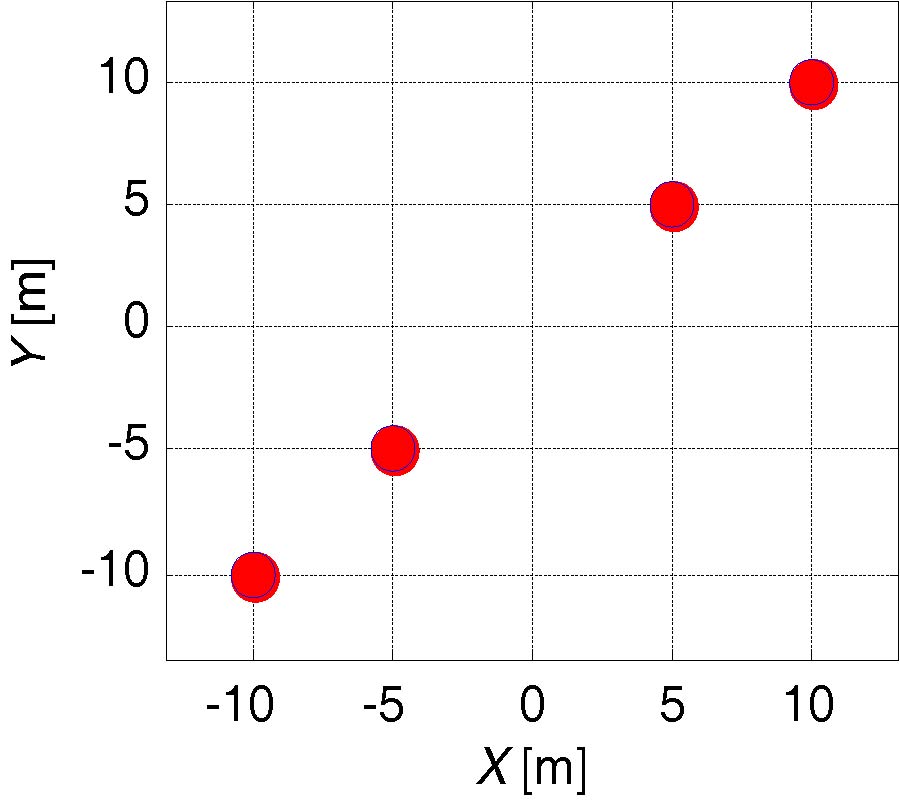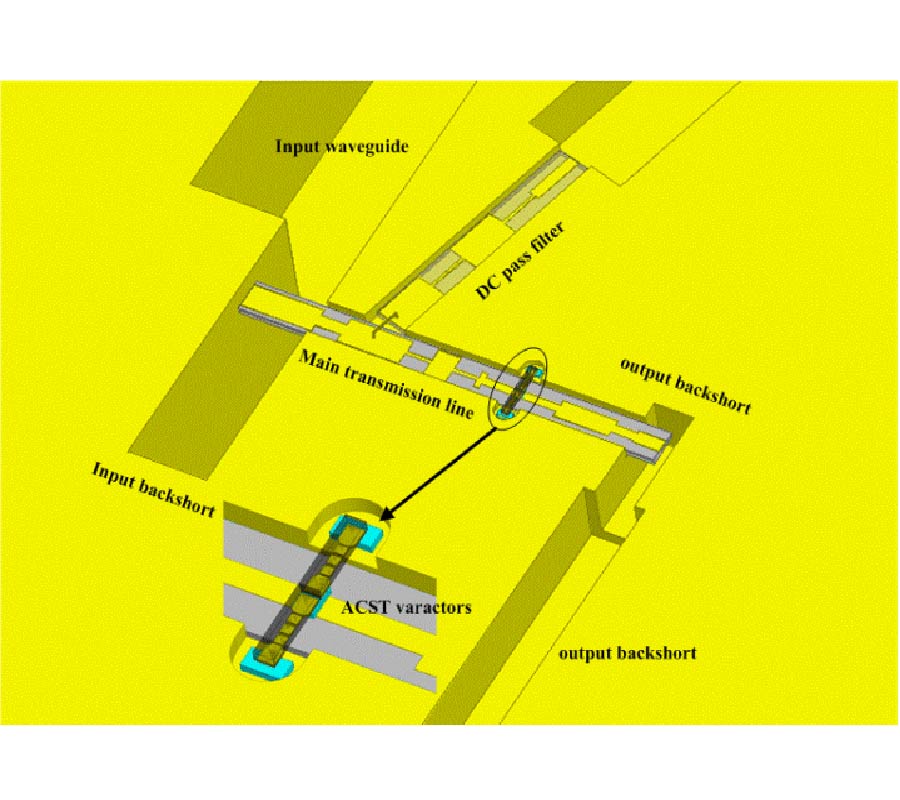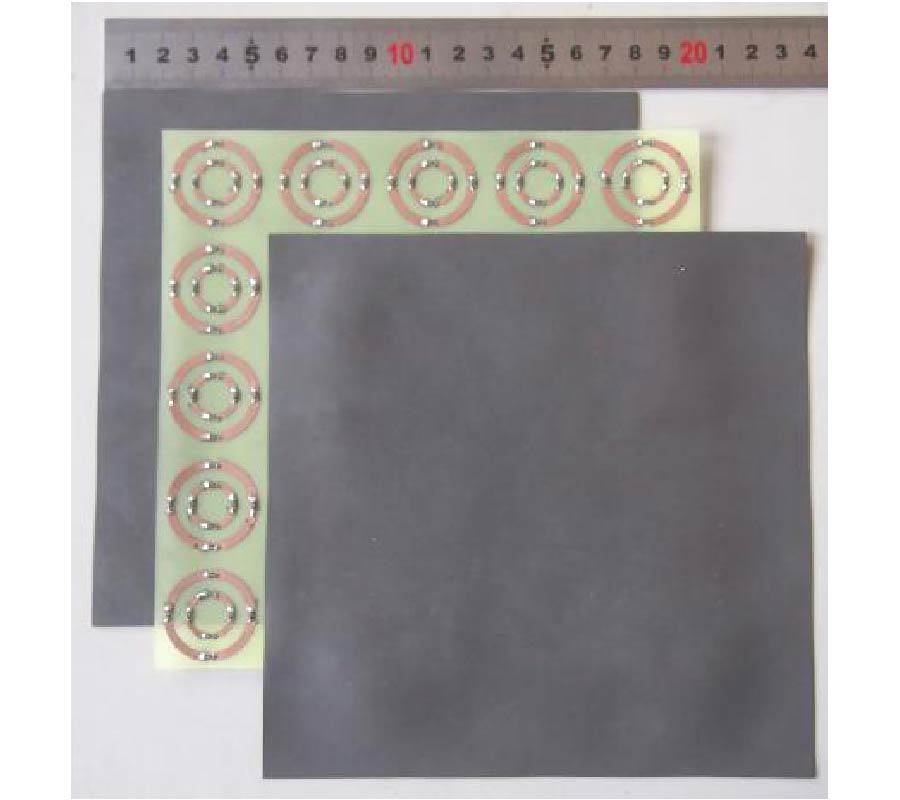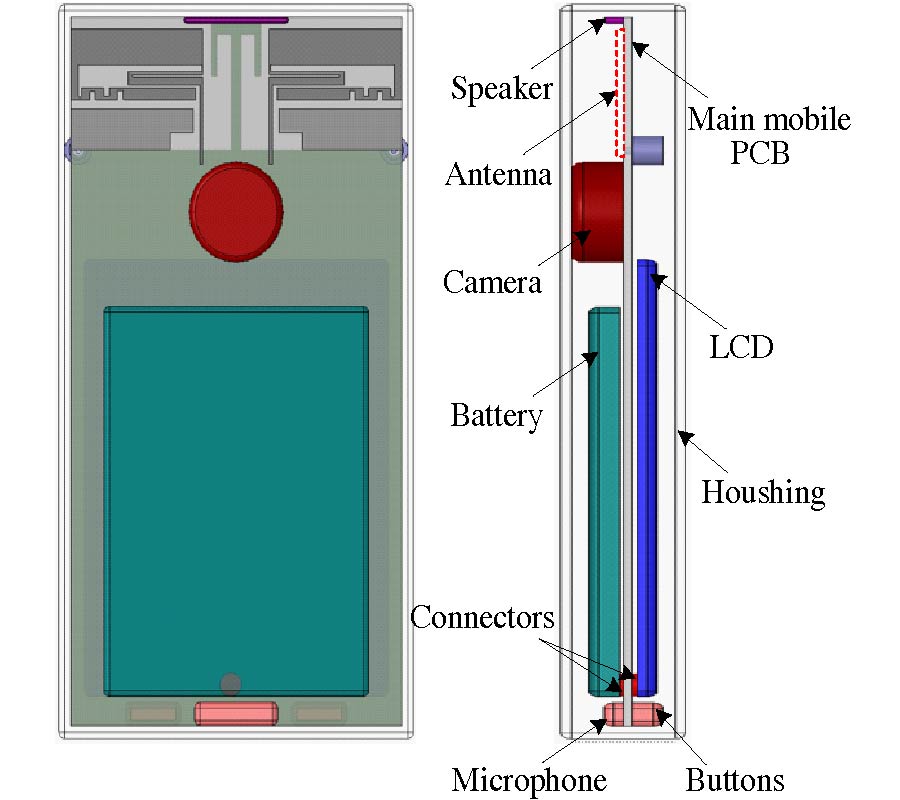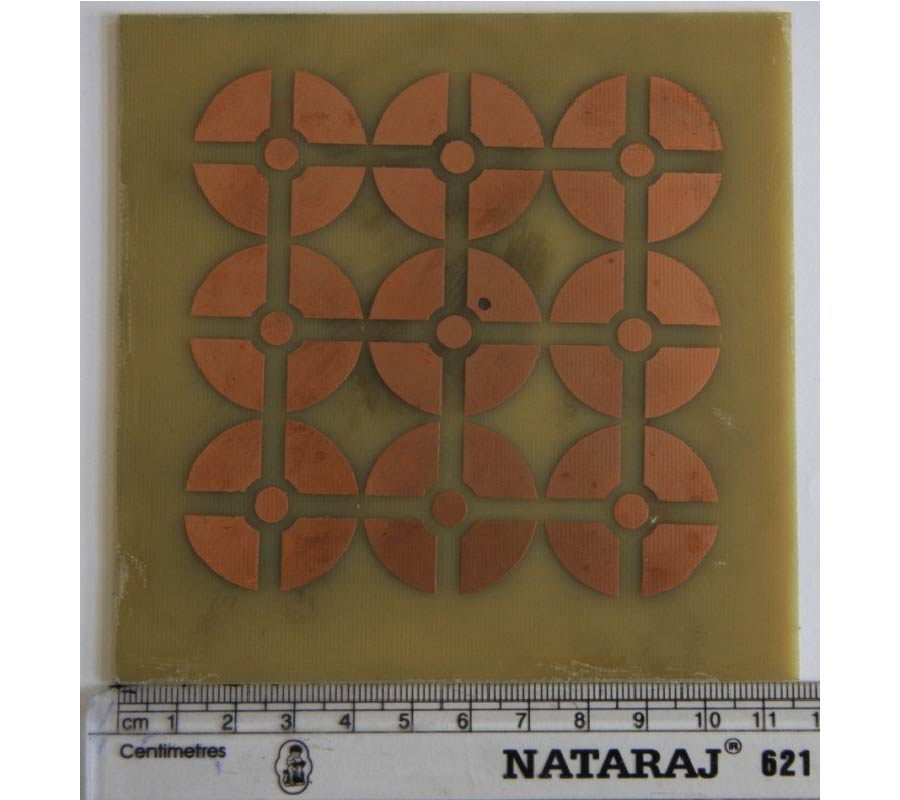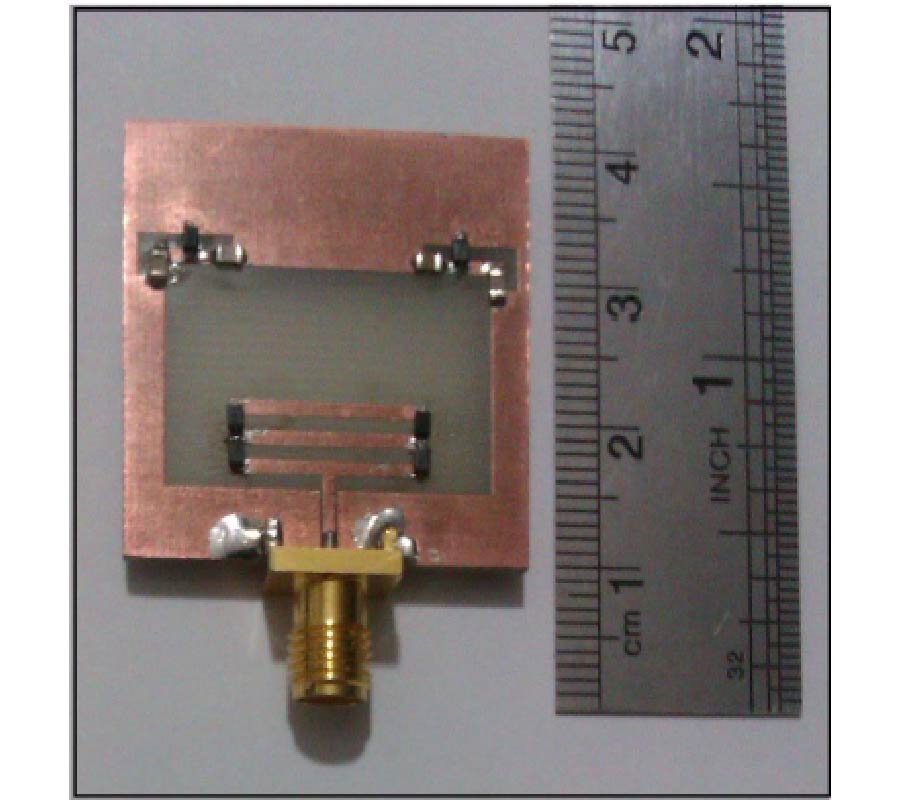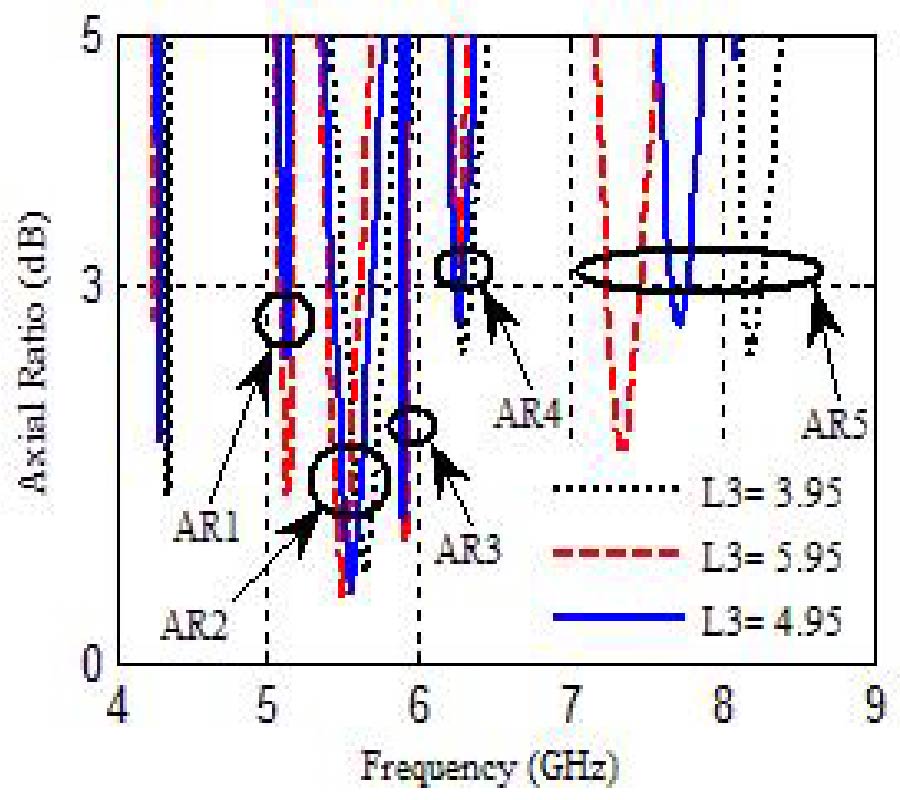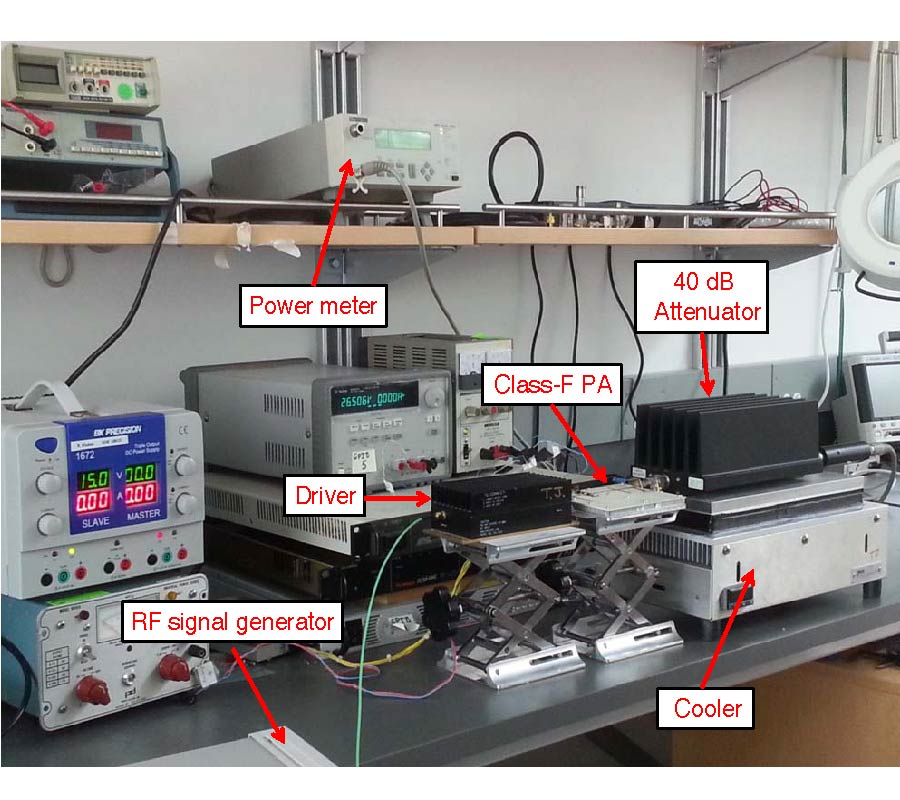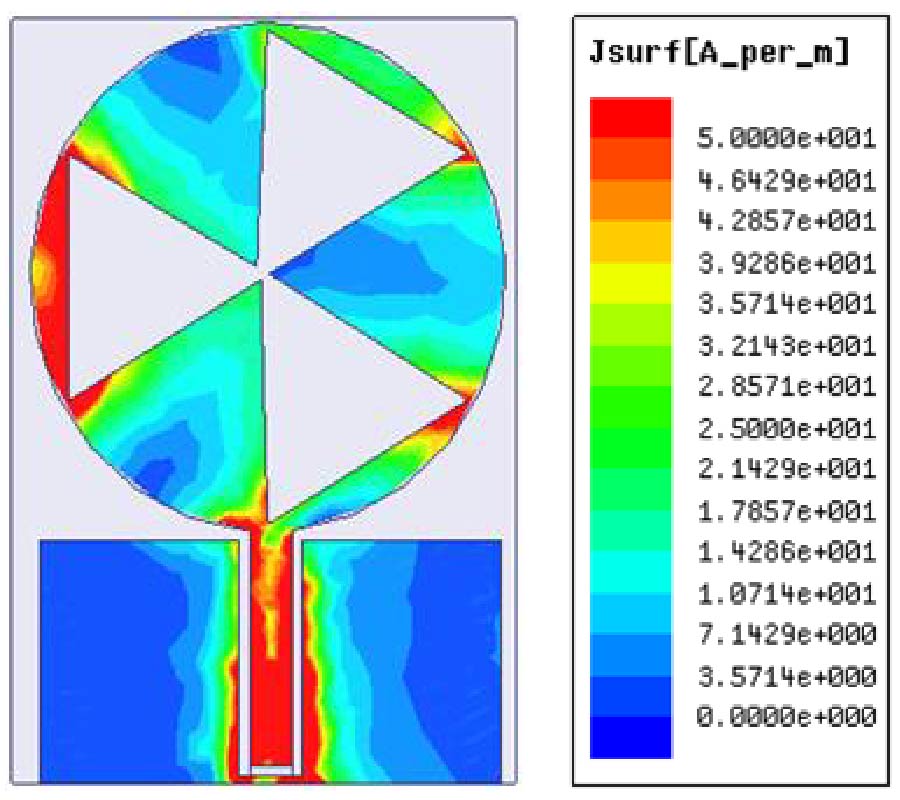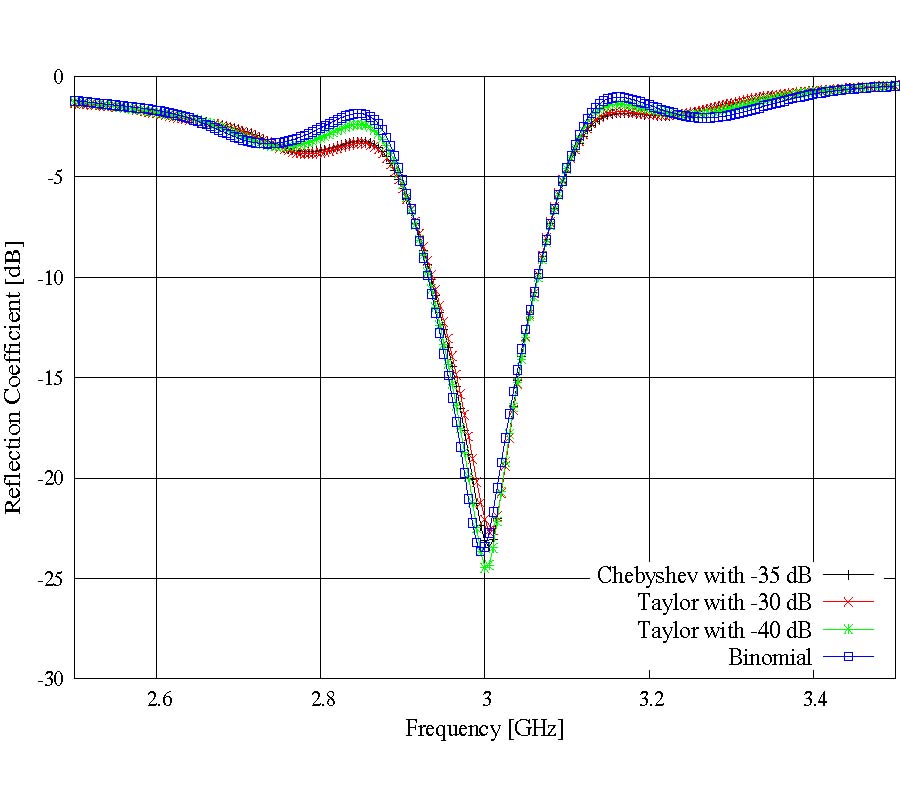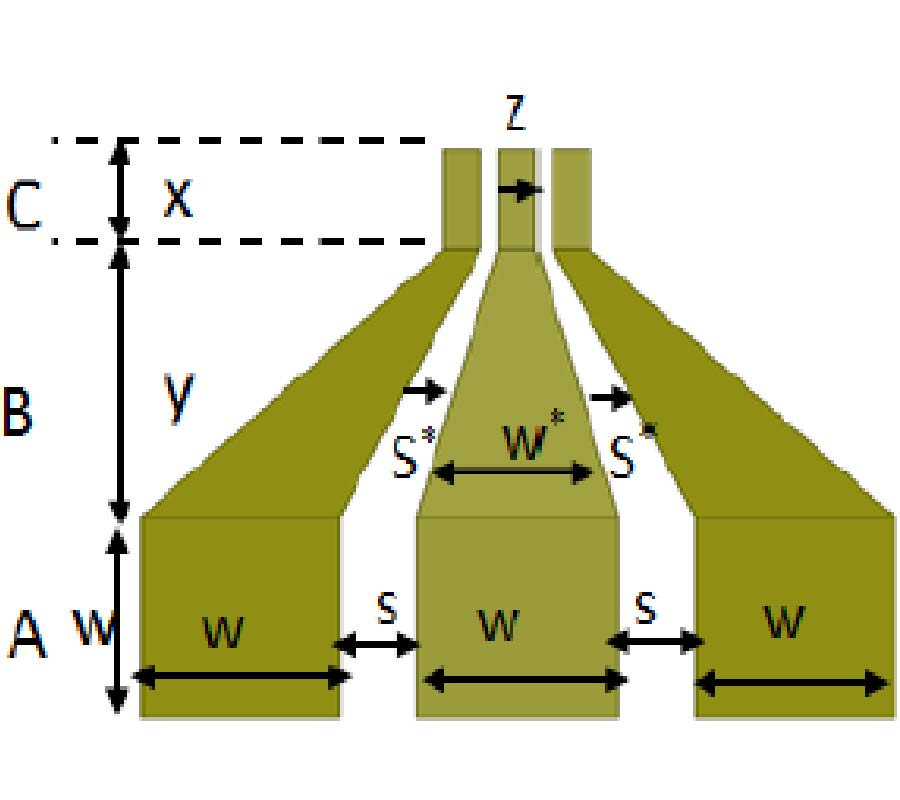Design of Slotted Waveguide Antennas with Low Sidelobes for High Power Microwave Applications
Hilal M. El Misilmani,
Mohammed Al-Husseini and
Karim Youssef Kabalan
Slotted waveguide antenna (SWA) arrays offer clear advantages in terms of their design, weight, volume, power handling, directivity, and efficiency. For broadwall SWAs, the slot displacements from the wall centerline determine the antenna's sidelobe level (SLL). This paper presents a simple inventive procedure for the design of broadwall SWAs with desired SLLs. For a specified number of identical longitudinal slots, and given the required SLL and operating frequency, this procedure finds the slots length, width, locations along the length of the waveguide, and displacements from the centerline. Compared to existing methods, this procedure is much simpler as it uses a uniform length for all the slots and employs closed-form equations for the calculation of the displacements. A computer program has been developed to perform the design calculations and generate the needed slots data. Illustrative examples, based on Taylor, Chebyshev and the binomial distributions are given. In these examples, elliptical slots are considered, since their rounded corners are more robust for high power applications. A prototype SWA has been fabricated and tested, and the results are in accordance with the design objectives.
